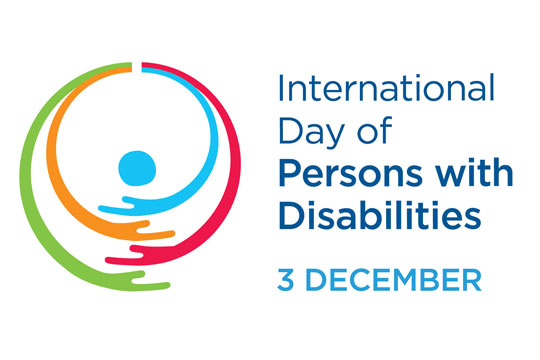
“The International Day of Persons with Disabilities (IDPD) is observed annually on December 3rd. The theme for this year is “Amplifying the leadership of persons with disabilities for an inclusive and sustainable future.” This theme recognizes the important role that persons with disabilities play in creating a more inclusive and sustainable world for all. It also emphasizes the importance of the participation of persons with disabilities in decision-making processes that affect their lives.” [1]
History
“The annual observance of the International Day of Disabled Persons was proclaimed in 1992 by United Nations General Assembly resolution 47/3. It aims to promote the rights and well-being of persons with disabilities in all spheres of society and development, and to increase awareness of the situation of persons with disabilities in every aspect of political, social, economic and cultural life.
Building on many decades of UN’s work in the field of disability, the Convention on the Rights of Persons with Disabilities (CRPD), adopted in 2006, has further advanced the rights and well-being of persons with disabilities in the implementation of the 2030 Agenda for Sustainable Development and other international development frameworks, such as the Sendai Framework for Disaster Risk Reduction, the Charter on Inclusion of Persons with Disabilities in Humanitarian Action, the New Urban Agenda, and the Addis Ababa Action Agenda on Financing for Development.” [2]
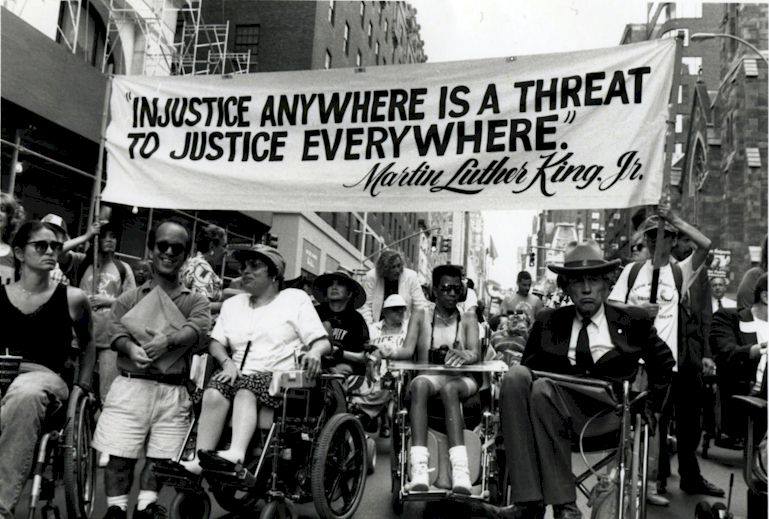
Purpose and objectives
“The purpose of the day is multifaceted. Firstly, it aims to promote the rights and dignity of disabled individuals, ensuring they are treated with respect and equality. The day serves as a catalyst for change, urging governments, organisations, and individuals to take concrete actions towards removing barriers that prevent disabled people from fully participating in society.
The objectives of this observance include raising awareness about disability issues, promoting inclusive policies and practices, and encouraging the empowerment of disabled individuals. It also seeks to highlight the achievements and contributions of disabled people in various fields, challenging stereotypes and misconceptions.” [3]
The colour purple and its symbolism – Positively Purple (formerly Purple Light Up)
“The colour purple holds significant symbolism because purple is often associated with dignity, respect, and empowerment, making it an ideal choice to represent the observance. The colour purple also conveys a sense of unity and solidarity, reminding us of the importance of standing together in support of disabled individuals.
“The Positively Purple campaign (formerly Purple Light Up) was launched in 2017 in England by Kate Nash and PurpleSpace, using the color purple to create a visible symbol for inclusion and diversity worldwide and to celebrate the contributions of employees and customers with disabilities.” [4]
By adopting the colour purple during this day, individuals and organizations show their commitment to promoting inclusivity and equality for disabled people. It serves as a visual reminder to society about the importance of recognising and valuing the contributions of disabled individuals.” [3]
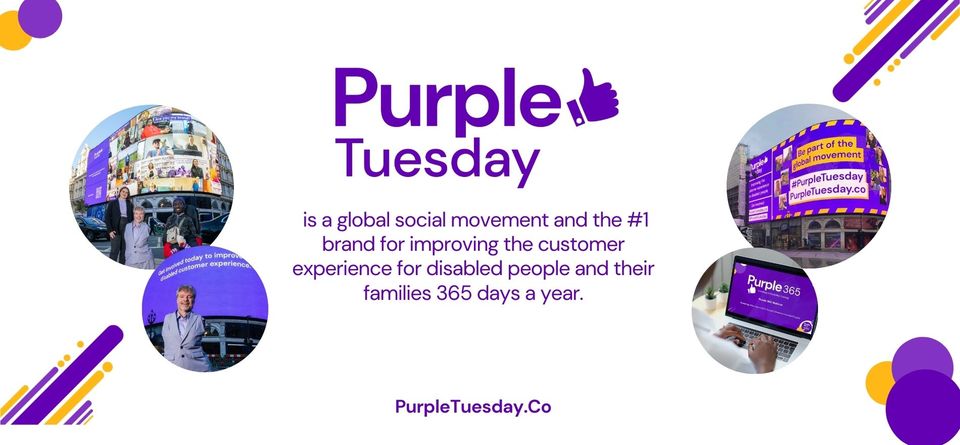
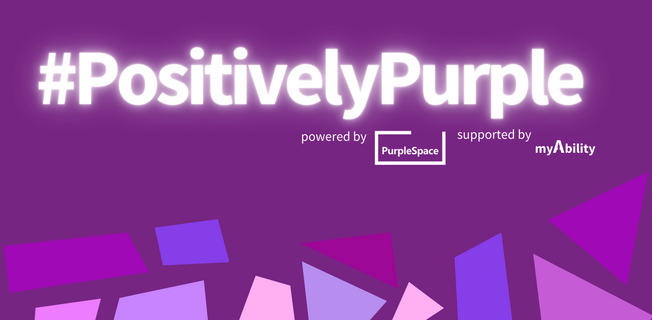
Facts & Figures
- “8 billion people: world population
- Over 1 billion people in the world have some form of disability.
- More than 100 million disabled persons are children
- Children with disabilities are almost four times more likely to experience violence than non-disabled children
- 50% of disabled persons cannot afford health care
- 185 countries have ratified the Convention on the Rights of Persons with Disabilities
- 7 targets of the Sustainable Development Goals (SDGs) explicitly refer to persons with disabilities.” [3]
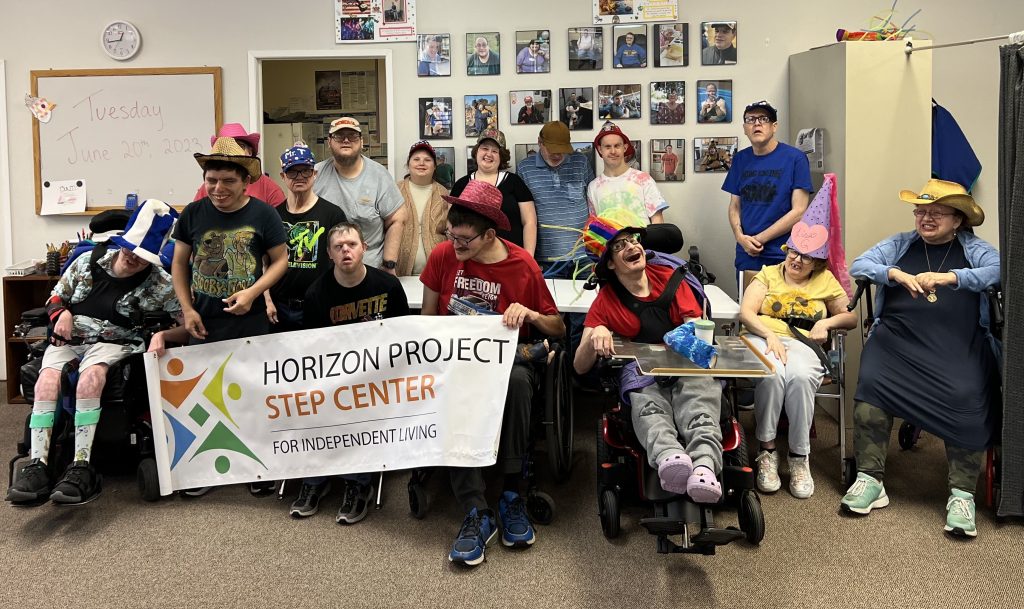
Spread the Word!
“Everyone can join on social media by promoting this year’s theme.
- Follow us on Twitter @UN_Enable, @UNDESASocial, @UNDESA and on Facebook at https://www.facebook.com/undesasocial
- Use #DisabilityDay and #IDPD as the main hashtags
- Other hashtags: #EveryoneIncluded, #GlobalGoals and #CRPD”
Resources
[1] https://social.desa.un.org/issues/disability/events/2024-international-day-persons-with-disabilities
[2] https://www.un.org/en/observances/day-of-persons-with-disabilities/background
[3] https://www.accessrating.com/understanding-significance-international-day-disabled-people
[4] https://social.desa.un.org/issues/disability/events/2024-international-day-persons-with-disabilities
